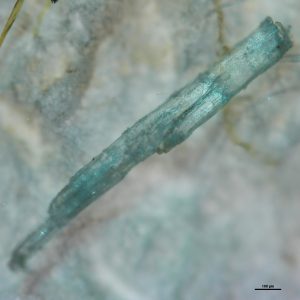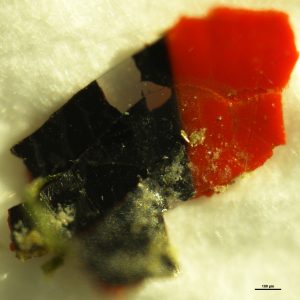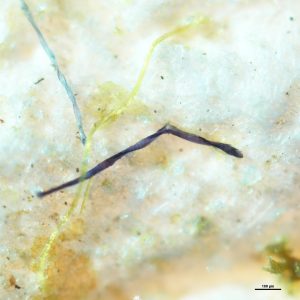Clothing fibers made up the main part of the sample
A recent study by the University of Manchester concluded that 1.9 million pieces of microplastics can be found on the ocean floor of the Mediterranean Sea. This quantity was found in a space of only 3 square meters. According to Science magazine, almost all of the pieces discovered came from small clothing fibers. But there is evidence that not only clothing fibers reach the ocean.

Foto by Camila Ahrendt
Due to this study, I wanted to explain you more about plastics on the ocean floor. I always say that we have to “know” so that we can “protect”. 360 million tons of plastic were produced in 2018, and an average of 8 million tons reach the ocean every year. The plastic that reaches the ocean comes through rivers, beaches, landfills near coastal edges, shipping lanes, fisheries, and aquaculture.
Main reasons plastic sinks
Despite the fact that plastic is a material manufactured to last a long time, there are different reasons why it fragments into smaller pieces.

Foto by Camila Ahrendt
Plastic sinks due to its own composition and environmental conditions. Polymers denser than seawater will sink, while those with lower density float. Another reason is biofouling of organisms on the plastic surface. Organisms that need to settle on a substrate in order to grow and develop in their early stages of life, or even for living, use plastic for this purpose and “stick” to them. However, it will increase the weight of plastic objects, thus increasing the potential for them to sink.
Another reason plastic sinks to the ocean floor, is when it breaks, making it easier for them to be filled with water. Plastic can break due to different factors; as a consequence of prolonged exposure to ultraviolet light and physical abrasion through waves, plastic articles become brittle, increasing their fragmentation.
Ocean floor
During 2019 the expedition called “Five Deeps Expedition” was able to go deeper than any other submarine in history, reaching the “Challenger Deep”, the deepest part of the Mariana trench. Single-use (or disposable) plastics were found at this deepest point in the ocean.
Deep in the ocean, plastic can persist for many more years than on the surface or beaches. In addition, the species that inhabit the ocean floor have a high endemism, a very slow growth rate, and are extremely sensitive to external factors. The potential threats from plastic pollution are alarming. Having found disposable plastic almost 11 kilometers deep shows that we have literally hit “rock bottom”.

Foto by Camila Ahrendt
According to the The National Oceanic and Atmospheric Administration (NOAA), around 80% of the entire ocean floor has not yet been mapped. That indicates we have an urgency to discover the effects of plastic on the ocean floor, the interaction with fauna and deep sea currents.
Marine litter distribution
However, not everything is unknown, it is known that the geographical distribution of marine litter present on the ocean floor is strongly influenced by hydrodynamics, geomorphology and human factors. There is definitely no doubt that plastic should not be in the ocean, because nature has no answers for this material. Therefore, concrete efforts are needed in different areas on a global scale to radically change the “end of life” management and the use of this material, which is made to last for many years.
Acknowledgments: The photographs used in this blog were obtained from the CMA. Advanced Microscopy Center. University of Concepción. Chile.

Trackback: ปลูกผม